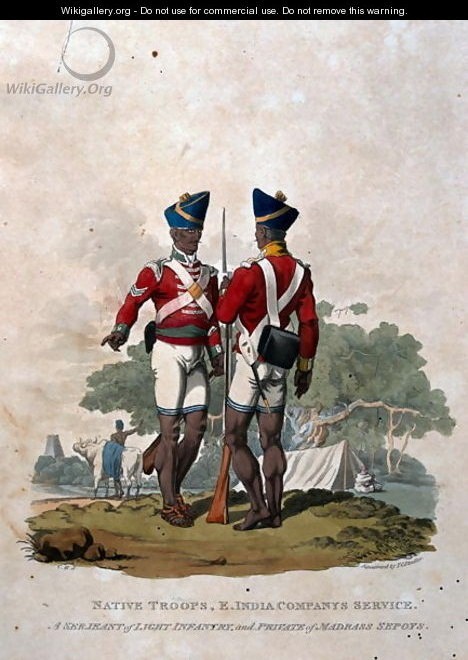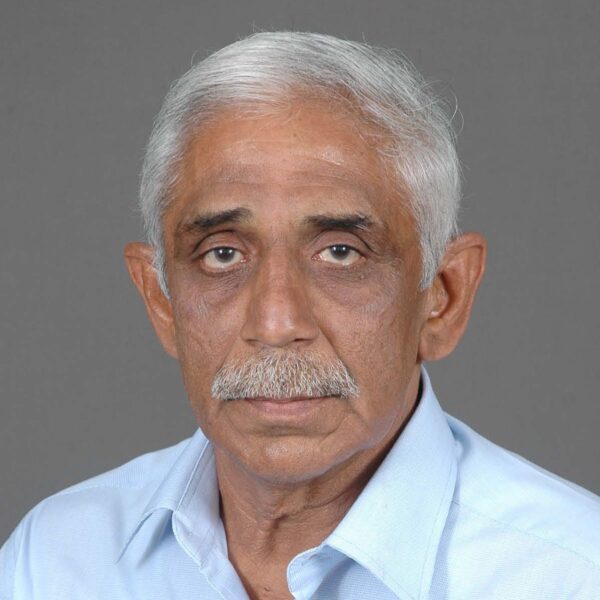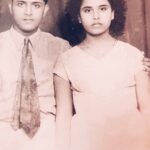
When Madrasis invaded Manila

One of the iconic exploits of the Second World War that has stirred public imagination the world over, through literature and movies that celebrate it, is the famous landing of MacArthur’s US Marines in Philippines. Whoever heard of Madras Sepoys assault landing on the same shores almost two hundred years before the Americans accomplished that feat? In early August 1762, barely four years after the English East India Company had raised the first of its three Presidency Armies, the Madras Army, in Fort St. George, a 3000 strong expeditionary force of that army, commanded by Brigadier General William Draper, set sail for the Spanish colony of Philippines, on board a 15-ship invasion fleet, under Admiral Sir Samuel Cornish.
But for a lone British regiment, the entire force consisted of Madras Sepoys. The occasion was the outbreak of the Seven Years’ War between Britain and Spain in Europe, and the English East India Company, keeping with the praxis those days, mobilised its forces to invade the nearest enemy bastion. Although the men in the ranks of the force undertaking this first-ever overseas assignment by any sepoy force from India might not have realised it then, they were replicating the great maritime feat of their Chola ancestors after a gap of seven centuries.
Anchoring off Manila on 23 September, the fleet subjected the formidable looking fort to bombardment, while the troops began landing operations. The Spanish garrison, consisting of mostly Mexican soldiers supplemented by Pampangos, the Filipino irregulars, tried to put up a stiff resistance initially. While the Mexican soldiers proved none too effective, the Pampangos turned out to be fiery fighters. Though armed with only primitive weapons like spears and swords, these locals managed to give the attackers a hard time. Nevertheless, with superior firepower and organization, the Madras Army overwhelmed the garrison in a consistent battle of attrition lasting almost a fortnight.

Check our website www.tellmystory.in
Follow our socials for more inspiring stories —
YouTube: https://youtube.com/channel/
Hoote: https://hoote.page.link/
Instagram: www.instagram.com/tellmystory.
Twitter: www.twitter.com/tellmystory__
Facebook: www.facebook.com/tellmystory.
- Tags: MacArthur, Madrasis, Manila, Second World War

Capt. D P Ramachandran
Related News


Butterfingers

Best of Both Worlds

Tiny Titan Tackles Mental Health

Licence to Let Go


The Kalidas Phenomenon

Shortz’ Strikes a Chord: Chennai’s Mini Maestros Shine in Debut Performance

Ring’s Rapturous Response
Recent Stories

Lights, Camera, Inclusion!

Butterfingers

Best of Both Worlds

Tiny Titan Tackles Mental Health

Licence to Let Go


